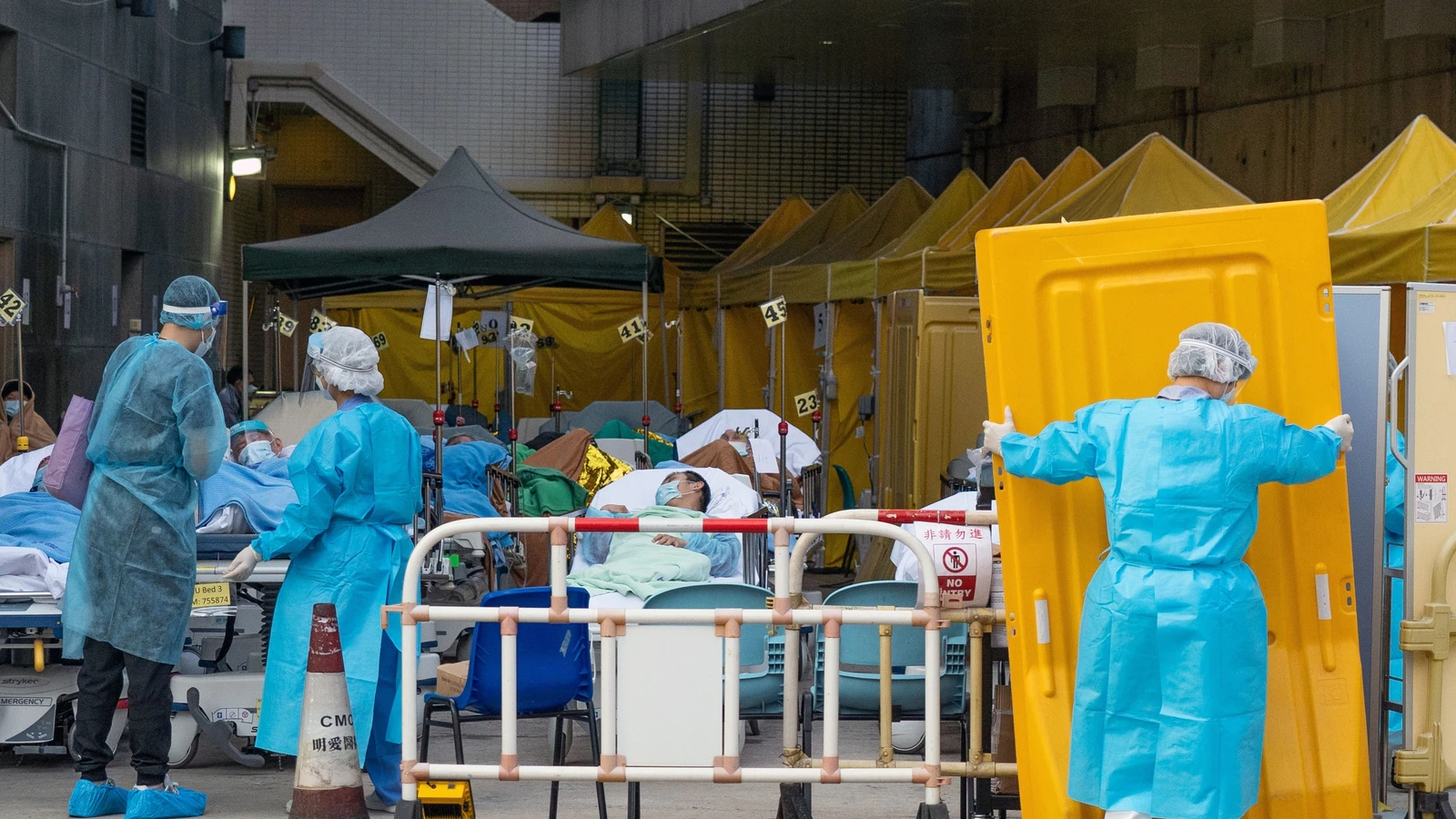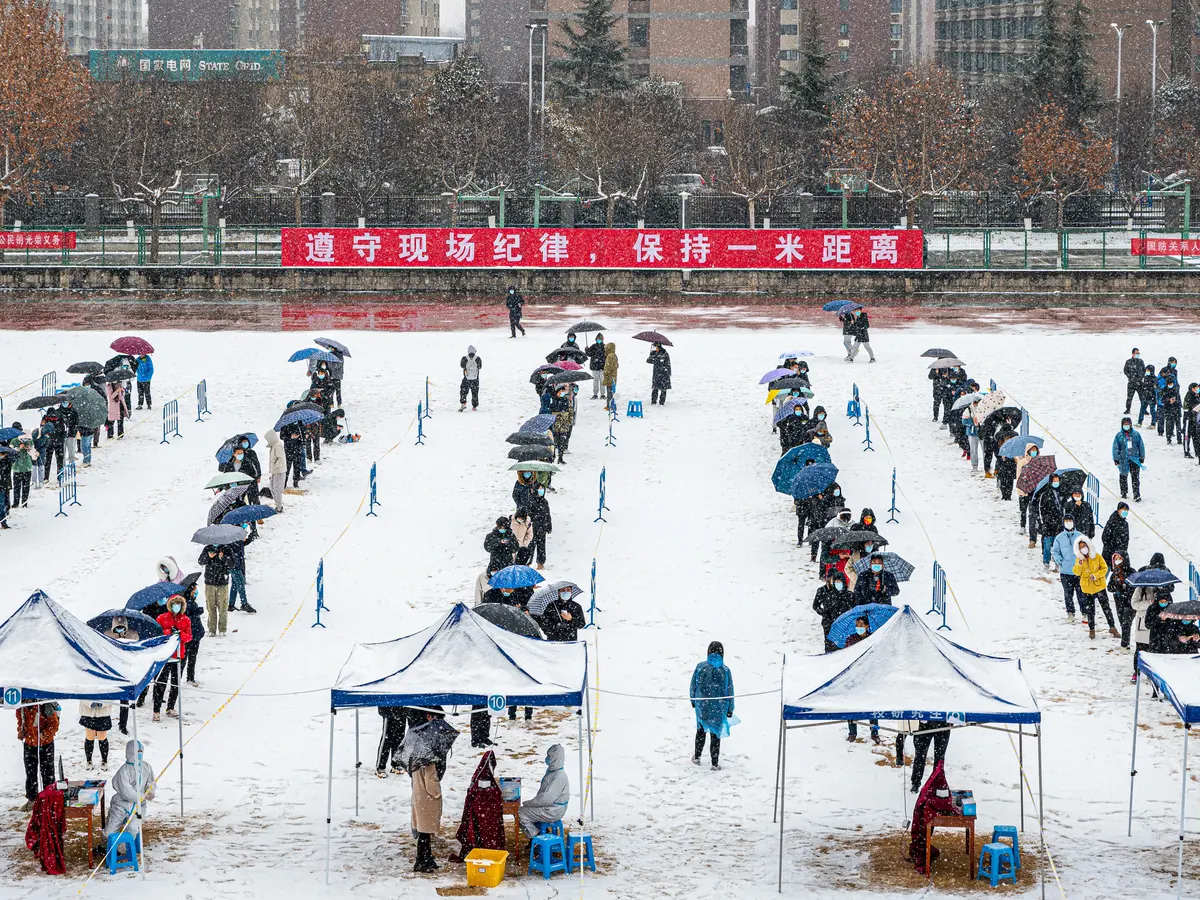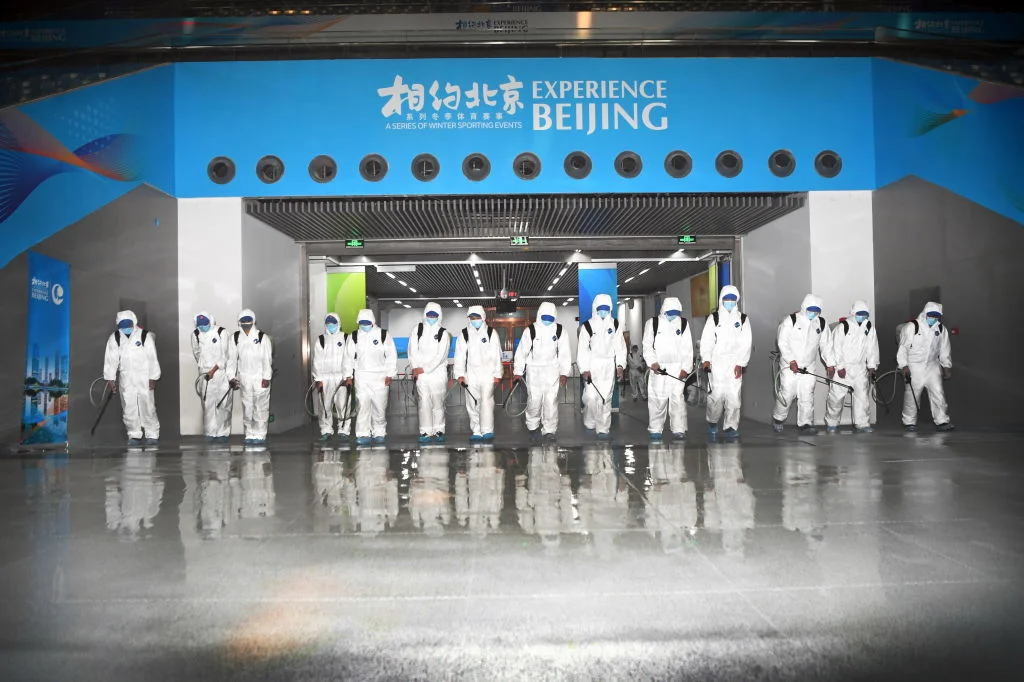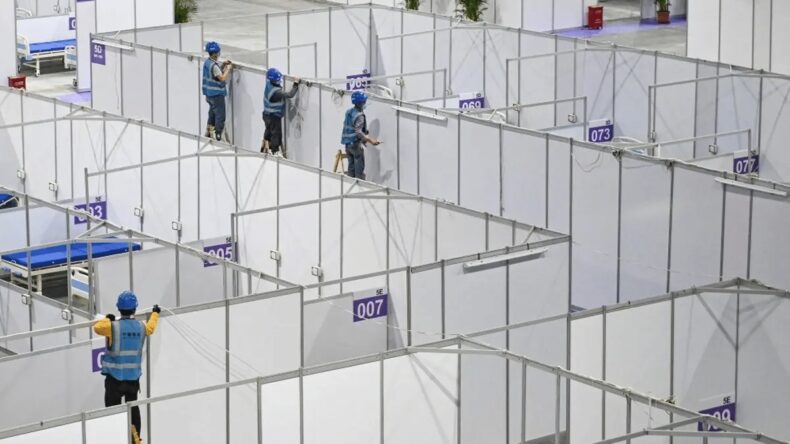Zero-COVID is a public health policy that has been implemented by China during the COVID-19 pandemic. It is also known as COVID-ZERO and “Find, Trace, Isolate, and Support” (FTTIS).
Table of Contents
Aftereffects of the Zero COVID Policy
China has shucked off the “Zero COVID” policy, and the officials have announced the end of the current COVID wave. People are now free to wander outside, but there are some restrictions, like frequent checking of their travel histories. People are seen in the streets and malls.
According to a Reuters estimate, Beijing has spent more than 350 billion yuan in the past year on COVID testing, new medical facilities, monitoring equipment, and other anti-COVID measures in 2022, but no public statement has been issued about the total amount of money invested in this policy.

China Zero COVID Policy
Zero COVID Policy is a strategy aimed at reducing the spread of COVID-19 to as close to zero as possible. The goal of the “Zero COVID” policy is to reduce the number of cases to a level where the healthcare system can manage outbreaks without widespread community transmission.
This policy is based on the idea that the only way to effectively control the pandemic is to suppress the virus to a very low level and keep it there. To achieve this, a combination of measures were used, such as testing, contact tracing, border control, quarantine, social distancing, etc.
Conversion of Makeshift Hospitals and Quarantine Centre
In Shandon, makeshift hospitals are turned into rental spaces for people who are talented and skilled. According to some reports, Shandon’s local government had planned to spend 23 billion yuan on building makeshift hospitals.
In Jinan, a building with 605 rooms was being used as a quarantine center. A tenant who used to live there was quite content, as his workplace was just across the street. It saved him transportation costs and made it convenient for him to stay there.
Many people have supported this idea online, and this is a great cost-saving win as this is the best housing option for migrant workers.

while some people questioned how one could spend the winter in that square cabin because it had only been built in a month. He also added that one should first go and live in that square cabin, which will surely scare the tenants away.
The remains of the zero-COVID policy, like mobile and stationary testing booths, are located everywhere in China. They were crucial in carrying out the “zero-COVID” policy. Some of the booths are now kept for sale, ranging in price from 500 to 8000 yuan for trading platforms, while many are still empty and not in use.
Remnants of the Zero COVID Policy
Grocery stores did require everyday checking, and hence these places were filled with people. Tapes and barricades were often seen and are still visible on the streets.
People are still told to scan the bright red poster codes and get in the stores at some places. These scans revealed their travel history and whether they had COVID or were in contact with someone who was positive.
Zero COVID Policy’s Impact
The “Zero CO2” policy has hit China’s economy hard. It did suffocate supply chains; many businesses were forced to close, from the economic powerhouse Shanghai to rural towns.

The remnants of Zero COVID, like scan codes, booths, and makeshift hospitals, are still visible in the country. But one good thing happened: There were no white hazmat suit workers on the streets. During the pandemic, thousands of people performed this duty. But there is no sign of them now. The government of China has also not made it clear what these people will do now.













